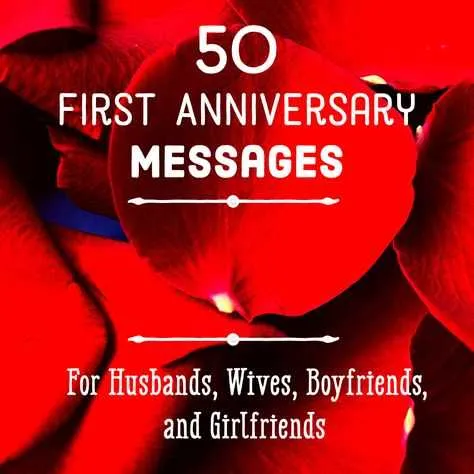Reflecting on Shared Milestones and Looking Ahead with Confidence

Begin with a direct thank you to your team, clients, or partners. Acknowledge the specific year you’re celebrating and name a few milestones that defined your progress. This sets the tone and gives readers immediate context and relevance.
Share one or two achievements with measurable outcomes. For example, mention a successful product launch, a customer satisfaction rate, or a number of new markets entered. Concrete results reflect genuine progress and invite confidence.
Include one anecdote from the early days of the company–a moment that shaped its identity or values. Keep it concise and real. This personal element builds emotional connection without drifting into nostalgia.
Conclude with a forward-looking message. Mention one goal for the upcoming year that aligns with your values and capabilities. Make it relatable, realistic, and grounded in what you’ve already proven you can achieve.
Company Anniversary Message
Thank your team directly. Use real numbers: “Over the past 10 years, we’ve grown from 5 employees to 120.” Highlight specific achievements, like successful product launches, milestones in customer growth, or expansion into new regions. Mention names of departments or individuals if possible to personalize the message.
Address your clients with transparency. For example: “Your trust allowed us to serve over 15,000 customers last year alone.” Acknowledge their support as a key factor in any growth mentioned. Avoid vague praise and use specific, measurable examples.
Set clear expectations. Instead of saying you’re looking forward to the future, state a goal: “Next year, we plan to open two new offices in Europe.” This adds direction and shows commitment. End with a genuine note: “We’re here because of you. Let’s keep building together.”
How to Align Your Message With Company Values
Reference your company’s core principles in the opening sentence of the message. Make the connection obvious. If your organization prioritizes transparency, include a short anecdote about a challenge that was handled openly and constructively.
Use specific language your team already associates with your internal culture. Reuse wording from your value statements, onboarding materials, or internal newsletters. Consistency builds trust.
Avoid generic praise. Instead, connect achievements to behaviors the company actively promotes. For example, mention how a team’s collaboration led to solving a client issue rather than simply congratulating them on success.
Be clear about intent. If the message is intended to inspire, choose an example where company values directly influenced a positive result. If the message is to thank the team, focus on how their actions demonstrated alignment with shared beliefs.
Stay concise and remove anything that doesn’t relate directly to the values. Every sentence should reinforce the connection between what the company stands for and what the people inside it are doing every day.
What Tone to Use for Different Audiences
Adjust the message tone based on the audience’s role and expectations. For executives, use concise and results-oriented language. Highlight milestones, financial growth, and strategic goals with clarity. Avoid casual expressions.
- For employees: Write with warmth and inclusivity. Use direct recognition of teamwork and individual contributions. Include specific achievements and inside references where appropriate.
- For customers: Choose an appreciative and engaging tone. Express gratitude with real examples of customer impact. Keep the language accessible and avoid technical jargon.
- For partners: Maintain a collaborative tone. Emphasize mutual achievements and shared values. Mention past successes and upcoming opportunities without exaggeration.
Use short sentences and active verbs. Avoid vague praise and generalizations. Choose specific words that match the reader’s expectations and role. Always reflect your brand’s character, but adapt the nuance to suit the relationship.
When and Where to Deliver the Message
Send the message during the first two hours of the workday to ensure higher open rates. Early delivery captures attention before meetings and task loads increase. If using email, schedule it between 8:00 and 9:30 AM based on the recipient’s time zone. For in-person events, time the announcement after welcoming remarks but before lunch, when energy levels are balanced and distractions minimal.
Choose the delivery channel based on the team’s size and structure. For companies under 50 employees, a live announcement during a team gathering builds connection. For larger teams or remote settings, use video messages embedded in the internal platform or sent through company-wide email. Avoid late afternoons and end-of-week timings–engagement drops significantly after 3 PM and on Fridays.
Match the location to the format. For physical announcements, use shared spaces like a conference room or lounge area with good acoustics and visibility. For digital messages, ensure the platform supports mobile access and displays media without lag. Test the setup beforehand to avoid technical issues that could distract from the message.